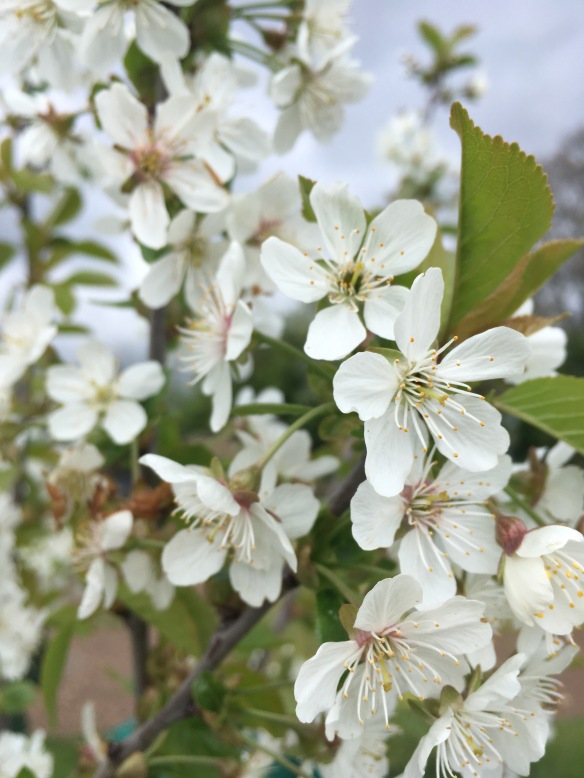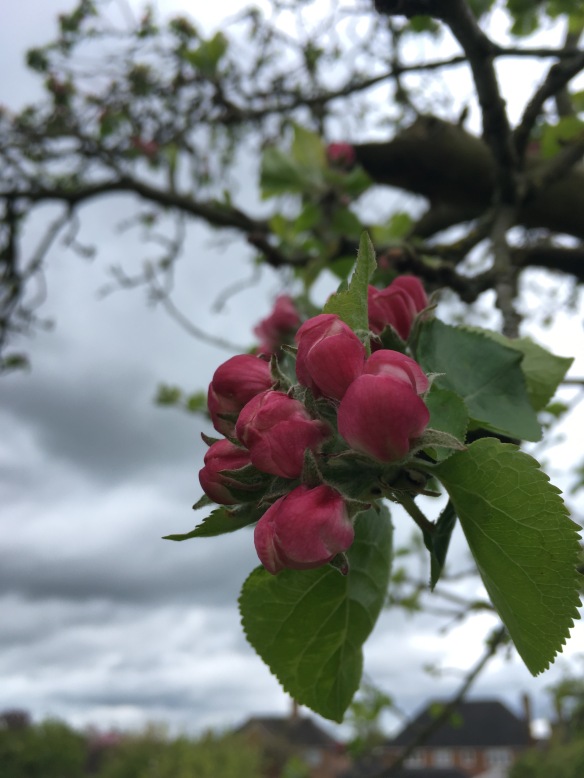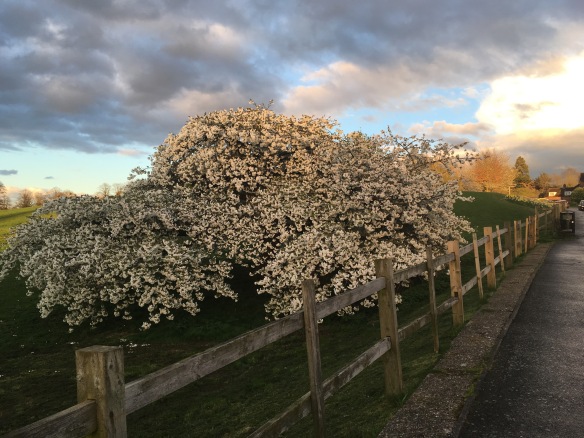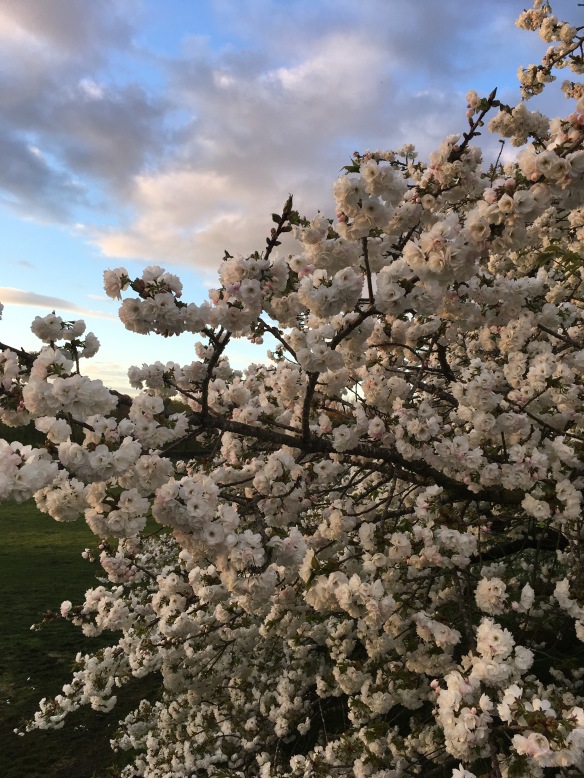Six feet of it, according to Tolstoy in the story of that title (i.e., enough to bury you). We’re lucky to have several times that on our allotment, but cultivable land is always at a premium. So un(der)used bits become interesting – along hedges, tucked behind sheds. In this case, a space formerly filled with nettles, bindweed, hoarded panes of glass and rotting timber is made over as a carrot bed, benefiting from the southern exposure:
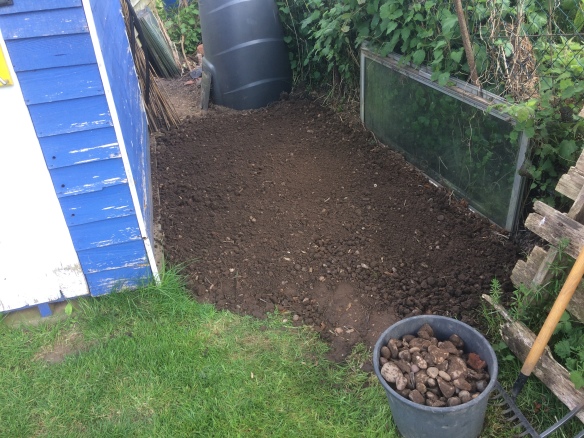
More land is effectively insurance for When Things Go Wrong – seeds failing to germinate, young plants failing to thrive, routine attacks from pests and weather. Carrots have a shaky record with us, or we with them, so we’ll see how this pans out.
Meanwhile, a shout-out to friends in Boston (Massachusetts), whose community garden shows how confined spaces can grow both vegetables and community:
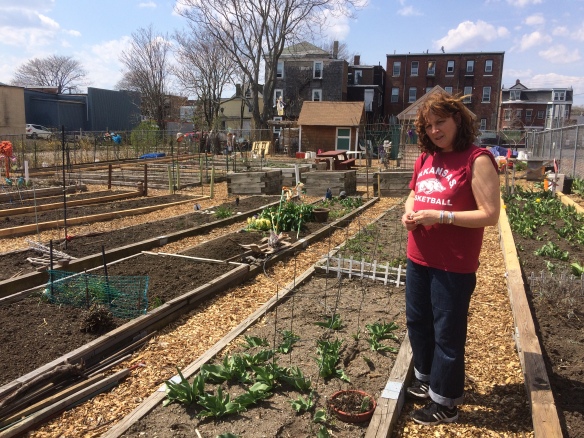
Projects like the Chelsea Community Garden are, as ever, a salutary reminder that working the land in common is a form of wealth in itself. ‘Die Stadt ist unser garten,’ as the Germans say.


